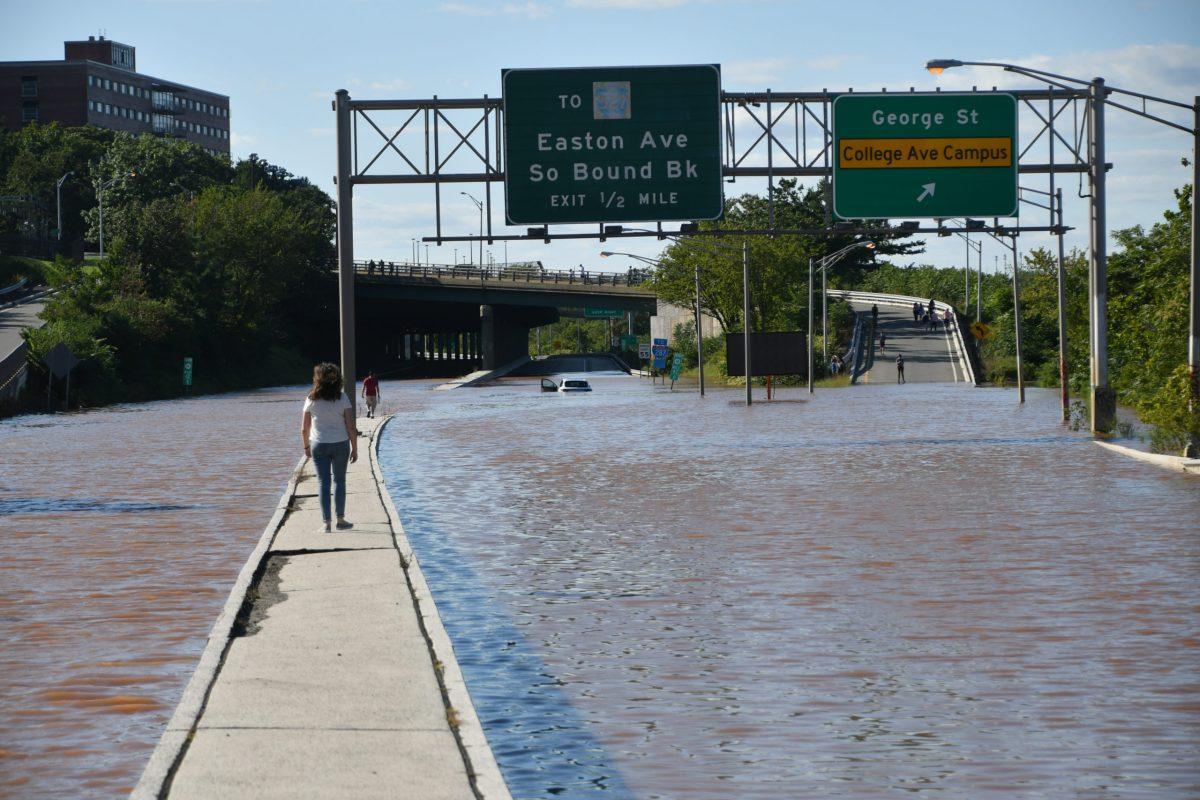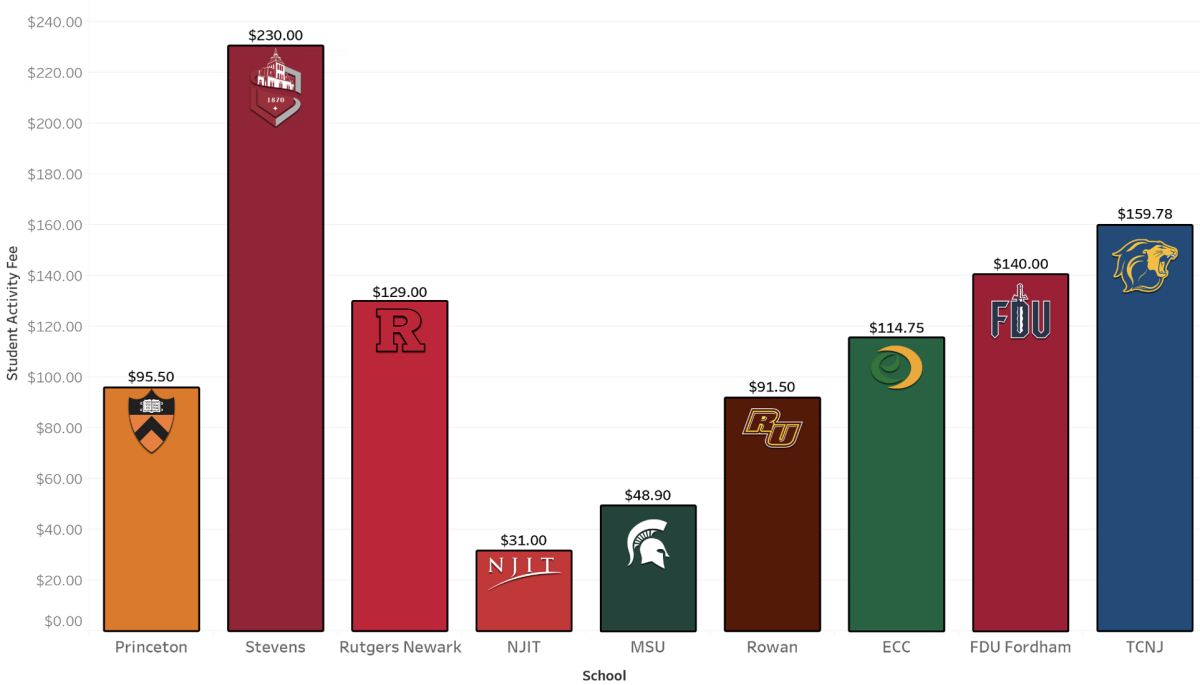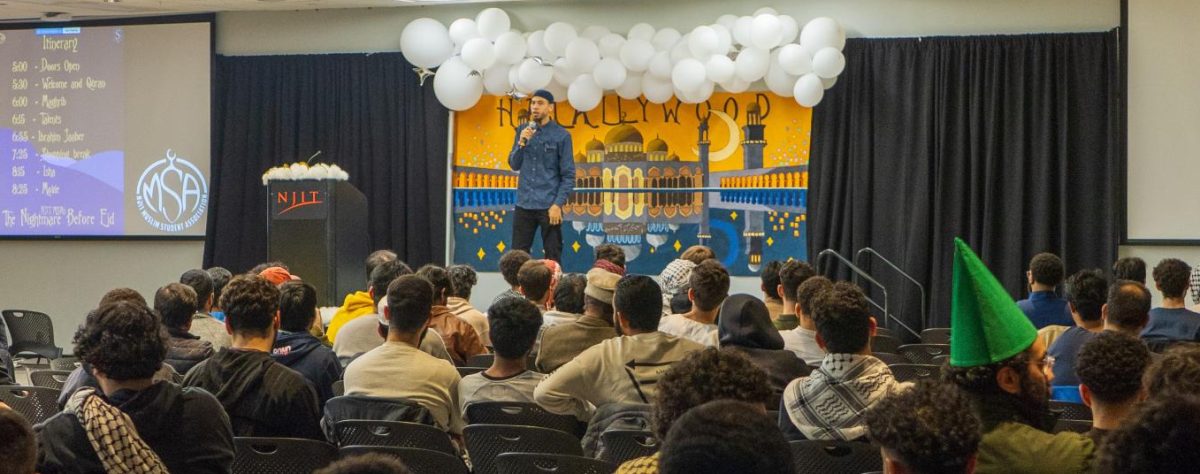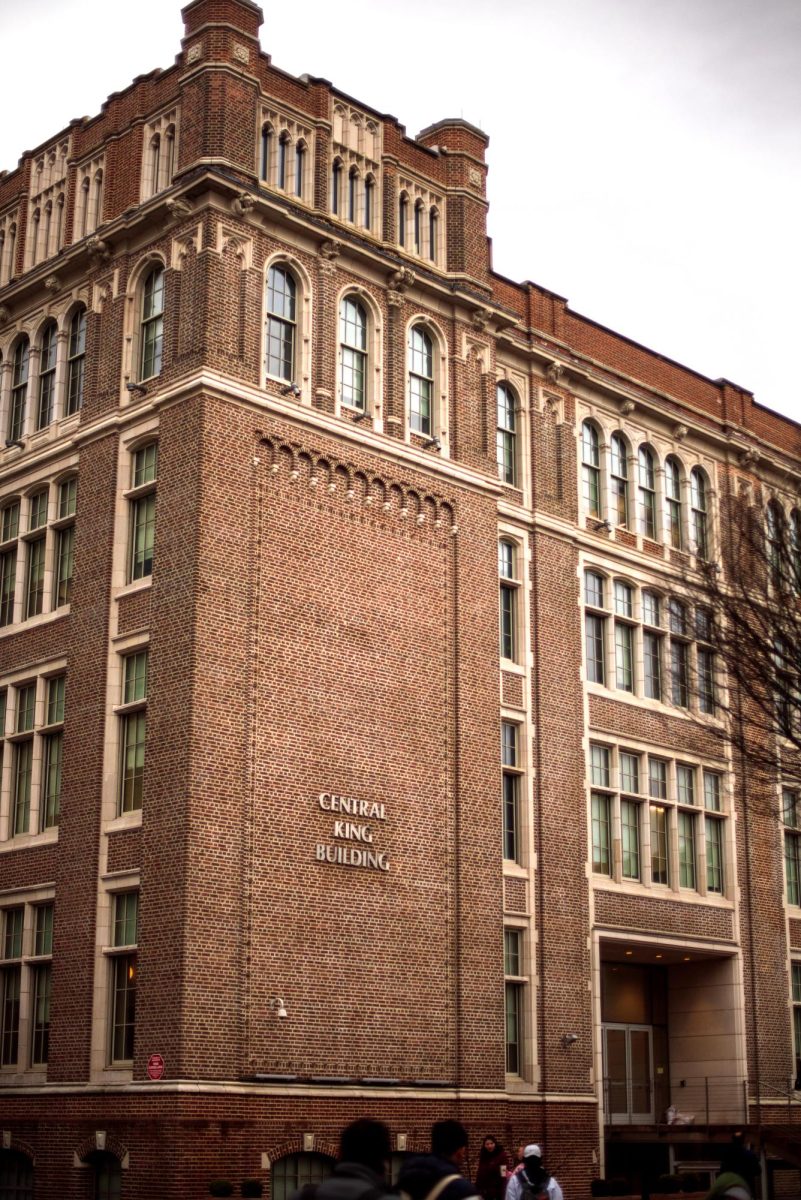On Sept 1, the remnants of Tropical Storm Ida landed in New Jersey, bringing more rain than the state was prepared to deal with. The day began with a persistent drizzle, but by 10 p.m., streets had turned into rivers, areas in Newark’s airport had flooded and Governor Phil Murphy declared a state of emergency across all of New Jersey.
The National Weather Service reported risk of heavy rain and “possibly significant” flash flooding instances on Aug. 31. Murphy began retweeting tweets warning of heavy rain and possible flash flooding at 3:47 p.m.
Despite growing concerns, NJIT ran evening class normally, and the university did not make a response on the storm until 10:31 p.m. Andrew P. Christ — Sr. VP for Real Estate Development and Capital Operations — sent an email with the subject “Remnants of Hurricane Ida,” warning students to “stay indoors if at all possible” and “limit unnecessary travel.” This email was sent nearly half an hour after Murphy declared a state of emergency andhalf an hour after NJIT’s last courses were slated to end. At that point, several of NJIT’s buildings were flooding with water.
NJIT was far from the only public organization to stay active on the night Ida hit New Jersey. Newark Liberty International Airport tweeted that they were suspending all flights at 10:28 pm, but videos of the airport flooding began surfacing nearly half an hour before the airport’s tweet was sent. At about 8 p.m. in Kearny, the roof of a postal distribution facility collapsed, sending seven employees to the hospital. There were over 300 people in the building.
Most of New Jersey expected 3 to 4 inches of rain, while certain areas in North Jersey expected around 5 inches. Thursday morning following the storm, most towns reported at least 4 inches of rain, with several counties suffering 7 to 8 inches of rain. It is apparent that New Jersey’s delayed response to the storm was partially due to it receiving significantly more rain than expected.
There were no reported injuries on campus, but a portion of NJIT’s commuter students were stranded on campus due to unsafe conditions. These students found refuge in the Campus Center.
Members of Student Senate, including junior biology major and Vice President of Finance Mark Nashed, handed out 100 blankets to commuter students who were unable to leave campus. “I think as we approached 10 o’clock, people started realizing that they’re not going to be able to get home.” Nashed estimated that there were close to 125 to 150 students stranded “just in the Campus Center alone.”
Other buildings were cleared out throughout the night, and according to Nashed, NJIT Department of Public Safety informed students that the Campus Center was still open if they were unable to get home. However, NJIT made no official statement to commuters that the Campus Center would remain open, likely because leaving the building open was not explicitly planned beforehand. This may have led to students leaving NJIT campus after their 6 p.m. classes ended, rather than risking being kicked out into the storm once all the campus buildings had closed.
Nashed left the Campus Center at around 2 p.m., but most of the commuters remained. By 6:30 a.m. on Sept. 2, there were approximately 50 students remaining.
About an hour before Nashed returned to the campus center the morning after, Christ sent out a second email titled “Impacts of Hurricane Ida.” This email was sent at 5:40 a.m. and announced that classes would not meet before 1 p.m.
Christ sent out his third Ida email at 11:58 a.m., stating that “the extent of these [Ida’s] impacts on regional transportation and our campus facilities have become more clear,” and all class activities were transitioned to synchronous online.
The final post-Ida operations email was sent by Associate Dean of Students Kristie Damell at 7:46 p.m. and stated that all instruction would remain online for Sept. 3. A follow-up email was sent at 8:28 a.m. and announced that the Student Involvement Fair, then scheduled for Sept. 3, would be postponed to another day.
With the response that NJIT had, there is a chance that fewer students would have been stuck on campus if evening classes were cancelled. Additionally, “Impacts of Hurricane Ida” was sent just under 3 hours before 8:30 classes were slated to begin, when many students would have been asleep. The email announcing all classes on Sept. 3 were going virtual was sent just one hour before classes were set to resume; if it was delivered any later, NJIT would have risked students beginning commutes to now-virtual labs and lectures. However, it is clear that NJIT took reactive steps to mitigate harm to the student body once the severity of the storm was realized.






























